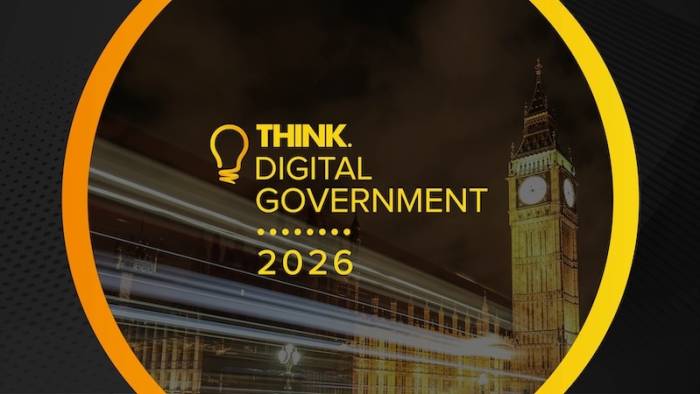Generative AI (gen AI) has been heralded as a once-in-a-generation leap forward for business and government alike. But beneath the fanfare, there is a familiar – and troubling – pattern emerging, according to one expert.

“Technology adoption follows predictable patterns of failure,” Georgina O’Toole, chief analyst & partner at TechMarketView told Think Digital Partners. “In digital transformation, we saw the same cycle: enthusiasm, tool deployment without process redesign, disappointing results, then consultants selling ‘transformation 2.0.’
“We’re now in the same cycle with AI, just with bigger budgets and grander promises.”
The comparison to the early days of digital transformation is more than rhetorical. Back then, organisations spent heavily on new systems, often without addressing the processes and structures that made them inefficient in the first place.
“It was like ‘putting lipstick on a pig.’ We’d attach digital front ends to legacy systems, but behind that shiny veneer was still a hamster running on a wheel,” said O’Toole.
Today’s AI success stories, she said, often fall into the same trap. Leaders trumpet dashboards showing efficiency gains in processes that arguably shouldn’t exist. A chatbot that answers questions 20 percent faster may impress on a slide deck – but if citizens still have to call five times to resolve a basic issue, the fundamental problem remains unsolved.
Productivity theatre vs real change
The analyst warns against what she calls “productivity theatre” – deployments that look good in presentations but fail to make meaningful differences. “Real transformation shows up as fundamentally different job roles and reinvented processes, not faster execution of the same tasks,” she said.
For example, an AI tool that helps a case worker in the public sector complete forms faster is a marginal gain. But if the technology allows them to move into an advisory role, while the AI handles routine assessments, that’s a structural shift – one that can improve outcomes for both the worker and the citizen.
If you liked this content…
The key, said O’Toole, is measuring outcomes rather than activities. Instead of asking how many processes have been sped up, leaders should ask: Are core organisational problems being solved? Are the results durable? Can value be demonstrated to stakeholders and, crucially, to citizens?
Why organisations resist reinvention
If AI offers cover for deeper change – allowing leaders to blame the technology rather than past policy decisions – why do so many organisations default to making the ‘same-old’ faster instead of rethinking from the ground up?
The answer, said O’Toole, lies in politics and culture. “Genuine transformation requires admitting your current processes are fundamentally flawed. That’s politically toxic in organisations that spent years defending those same processes. It’s safer to claim AI will make broken workflows 10 percent faster than to acknowledge they need scrapping entirely.”
On top of that, real reinvention demands strong leadership, sufficient resources, and a culture willing to embrace change. Those elements are often in short supply – particularly in the public sector, where the stakes are high and the appetite for risk is low.
Measuring what matters
So how can decision-makers avoid falling into the trap of productivity theatre? For O’Toole, the solution is not complicated, but it does require discipline.
“Measure the right things,” she said. “That must be KPIs around citizen-centric outcomes, not technology adoption. Not whether processes have been sped up.”
O’Toole offers a simple chain of logic: freeing up staff time on back-office processes only matters if it translates into shorter wait times, fewer repeat contacts, or improved outcomes for citizens.
“Everything else is just expensive theatre.”











